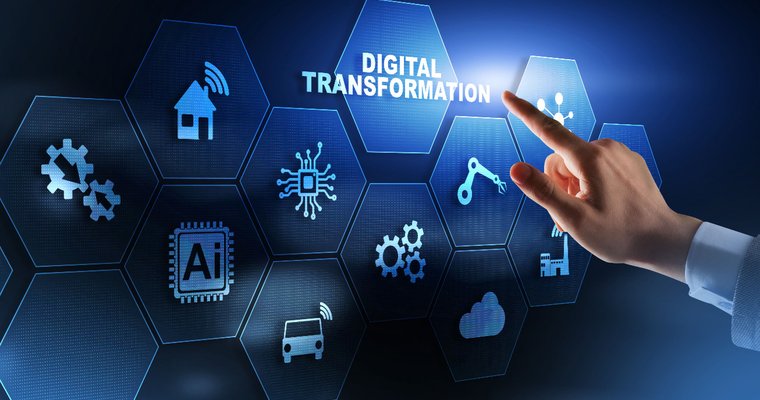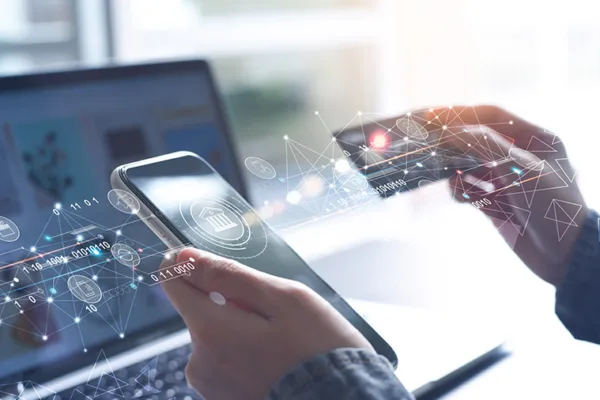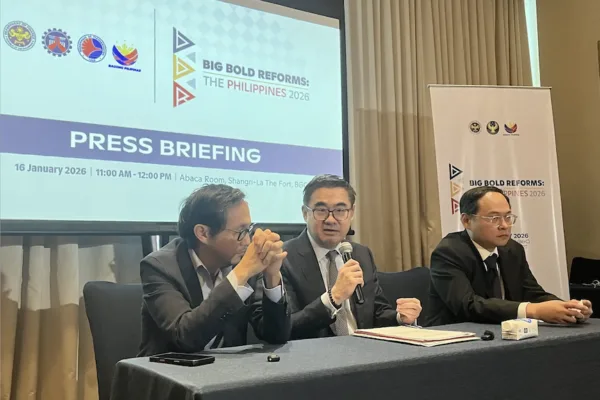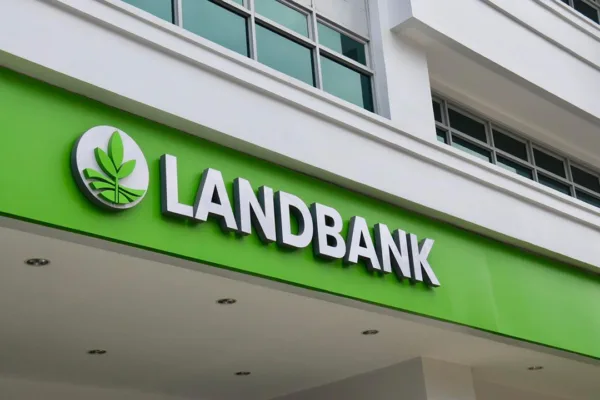Cryptocurrencies have become extremely popular in the Philippines due to the economic shift that the country had gone through during the COVID-19 pandemic when digital assets started gaining popularity. Experts are now looking at this transformation as a possible game-changer that can turn the Philippines into a new crypto hub.

In a survey conducted by Finder, an Australia-based financial technology website, the Philippines ranked 10th in terms of Cryptocurrency Adoption Index, with over 11.6 million Filipinos owning digital assets. In July 2022, the index also measured crypto trends in 26 countries and found that 16% out of 7,514 internet users in the Philippines owned cryptocurrency. This is much higher than the global adoption rate of 15%. Compared with its peers in the Asia Pacific region, the Philippines placed sixth overall ahead of Indonesia (12th), Malaysia (13th), and Japan (23rd). The most popular form of cryptocurrency among Filipinos was Bitcoin with about 39% of registered users.
The popularity of cryptocurrencies may be evidenced further by data from ActivePlayer.io, which reported that 40% of all the players of the popular play-to-earn (P2E) game Axie Infinity were from the Philippines. In fact, the game has also been considered a financial game-changer for many Filipinos.
Omar Moscosco, co-founder of AAG Ventures, a P2E guild based in the Philippines, talked about the potential the Philippines holds for the mass adoption of digital assets. “The Philippines is home to a large unbanked and underbanked population, with some 66 percent of this total population having no access to traditional banking services or similar financial organizations.”
He added that COVID-19 pandemic has sparked a digital transformation in the country, saying, “The Philippines registered the highest number of first-time users of digital payment methods at 37 percent. The regional average was 15 percent. As such, digital payments made up 20 percent of total financial transactions in the country in 2020, an increase from 14 percent in 2019. In 2020, e-money transactions also totaled 2.39 trillion PHP (US$46.5 million), an increase of 61 percent compared to 2019.”
For his part, Jin Gonzalez, chief architect of Oz Finance, a decentralized finance service provider based in the Philippines, talked about the entry of Binance in the country and the impact it would entail for the market. He said, “Binance already receives a large amount of Philippine peso volume for its peer-to-peer (PHP/USDT) service. It is also the exchange of choice for Filipinos due to the favorable rates it charges versus local service providers. Getting a BSP license will only legitimize its operations and strengthen its position in the market.”
In a press briefing in Manila last June, Changpeng Zhao, the CEO of Binance, stated that the company is looking to obtain a virtual asset service provider (VASP) license in the Philippines. In addition to the VASP, Binance is also looking at getting an e-money issuer license from the Bangko Sentral ng Pilipinas (BSP). While the VASP would allow the platform to offer trading services for crypto assets and the conversion of these assets to the Philippines, the latter license will allow it to issue electronic money.
Given this, the government has since started to explore blockchain technology use cases across various industries.
Central Bank keen to push use cases
The regulatory landscape of the Philippines is still in a fairly nascent stage as there is no strict restrictive regulation for both businesses and individuals at the moment. In fact, the government of the country, in tandem with the Philippine central bank, is keen on adopting blockchain technology and implement its use cases in various sectors of the economy.
Jin Gonzalez adds, “At the moment, the BSP regulation is already in place, but SEC regulation has yet to be passed. Regardless, the Philippines has an open position on digital assets, and its intent to regulate is meant to balance investor protection with promoting the advancement of the technology. PH regulators, especially the Philippine Central Bank, maintain a progressive stand on the adoption of digital assets.”
Earlier in May this year, the Department of Science and Technology (DOST) started a blockchain training program for researchers in the department. Through the training program, the government is looking to adopt blockchain in areas such as healthcare, financial support, emergency aid, issuance of passports and visas, trademark registration, and government records, among others.
The UnionBank of the Philippines has also launched a payments-focused stablecoin that is pegged to the Philippine peso. The said launch aims to drive financial inclusion in the country and link the main banks of the country to rural banks. It is also touted to bring financial access to previously unbanked parts of the country.
“For the time being, the government seems content to observe how bank-issued stablecoins (such as PHX by UnionBank) will bring forward financial inclusion,” Gonzalez added.
However, even with the openness of the government, there are entities still keeping a keen eye out for irregularities in the way digital asset companies are operating. The local policy thinktank Infrawatch PH has sent a letter to the Department of Trade and Industry (DTI) asking them to conduct an investigation against Binance for promoting in the country without having proper permit for the same.
The DTI has since responded to the letter, stating that it has set no clear guidelines for the promotion of digital assets, thus putting the ban out of the question.
BSP’s digital currency seen as a potential game-changer
Since a majority of the citizens in the Philippines (71% of the total adult population) are unbanked and operate in a fairly unregulated manner in matters like taxation, the introduction of the BSP’s Central Bank Digital Currency (CBDC) into the economy could be seen as a major step in the digital transformation that the country is currently undergoing.
Moscoso said, “CBDCs can take advantage of mobile technologies to provide increased access to financial services to rural households and other segments that are underserved by the current banking system. The central bank expects that at least half of the payments would eventually be made digitally by 2023.”
He added that around 70% of adults would be using a digital account for transactions by this time, which would allow consumers to have additional options that can make them steer away from loan sharks.
Despite the current bear market, the Philippines still has a forward-thinking perspective about the adoption of digital assets and blockchain-based business models. This outlook puts the country in a good spot, with the potential to become a cryptocurrency hub.







